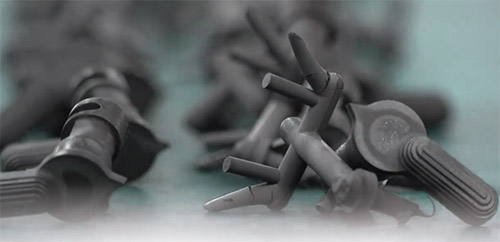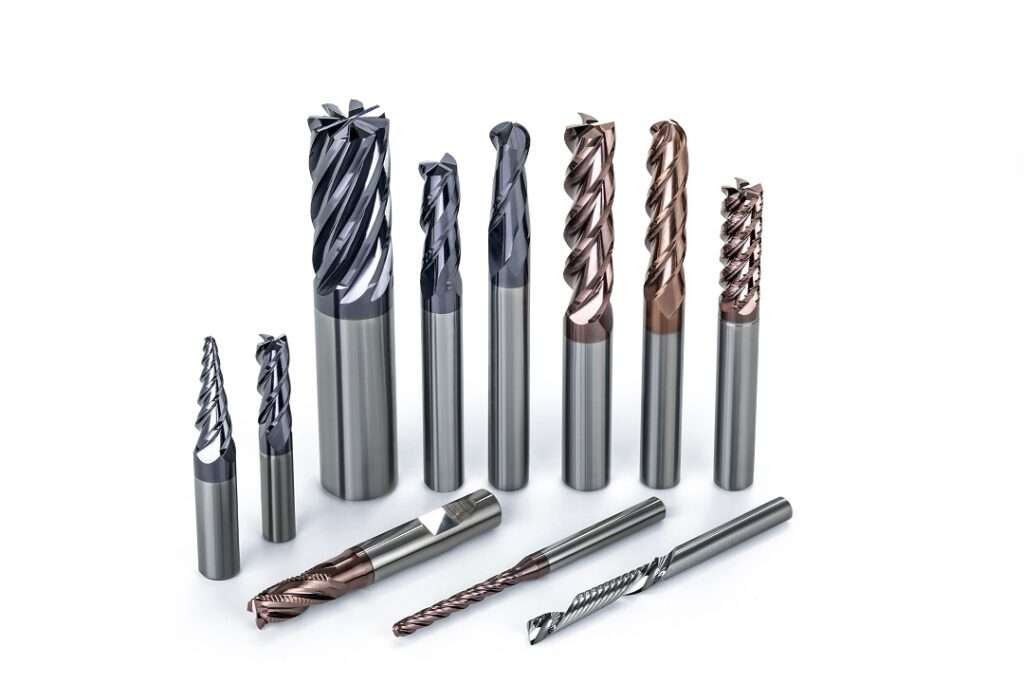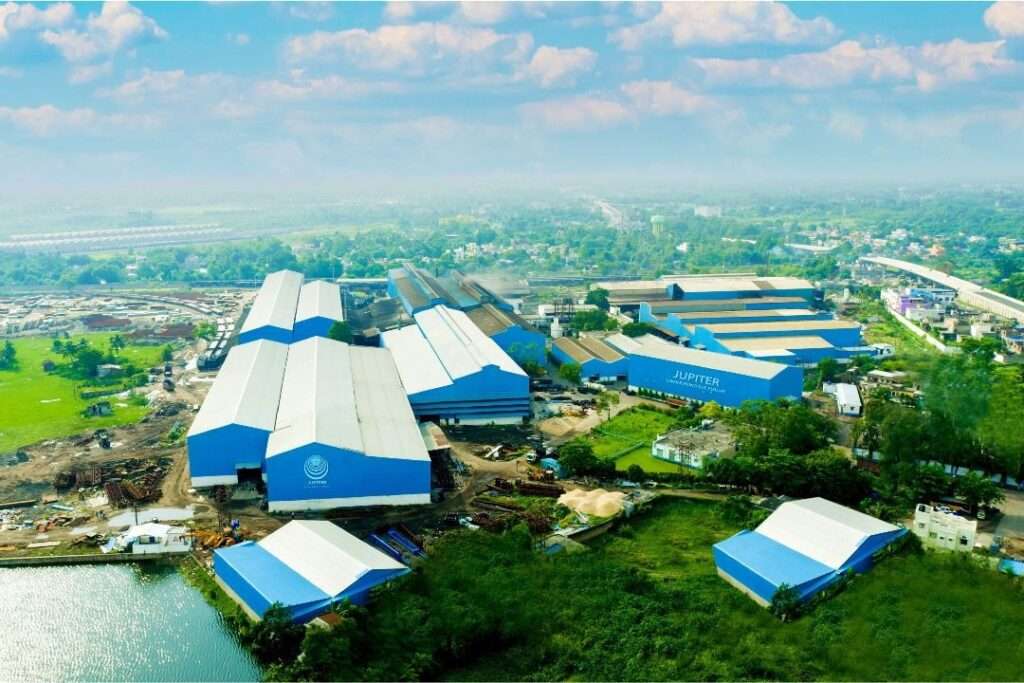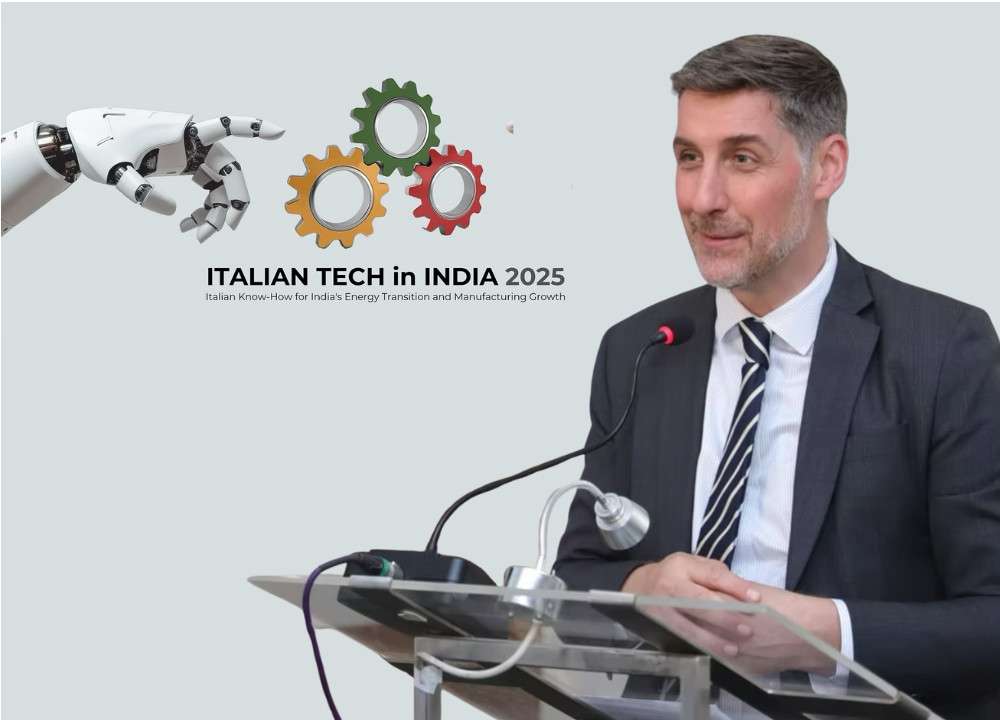- Indian Government has decided to spend a USD 130 billion over the next five to seven years to equip the Army with a range of modern defence equipment
- Metal Injection Moulding (MIM) is an ideal solution for advanced defence applications, parts with complex shapes, low mass and moderate to large production volumes
- MIM reduces waste, almost 95% to 98% of raw material or feedstock is turned into the finished product
India’s defence sector offers one of the growth-oriented markets for defence manufacturers. India has the 3rd largest military in the world and is the 5th largest spender on its defence requirements. India spends almost 30% of its defence budget on capital acquisitions and 60% of defence requirements are procured through imports.
The country has been steadily stepping up its defence budget over the years. Ministry of Defence tops the list in terms of budget allocation among all ministries of the central government. The expenditure on defence is around 15.5% of the central government’s budget and 2.1% of India’s estimated GDP for 2020-21. During 2010-11 to 2020-21, the budget of the Ministry of Defence has grown at an annual average rate of 9%.
Despite India’s thumping emergence as a superpower owing to its defence forces, artillery and ammunition, indigenous defence manufacturing has not been up to the mark. Defence insiders have always pointed out the inefficiency of outdated and short in supply indigenous weapons. For example, stories abound that in 1999 there were complaints of gun jamming, magazines cracking, gun firing in automatic mode when switched to burst mode, and so on. The Army requires 1 million assault rifles a year while the government-owned OFB supply only one-tenth of the number annually.
In 2017, the Indian government announced plans for the replacement of indigenous INSAS rifles. To facilitate the replacement of old INSAS rifles, India signed a contract with a US firm in February 2019 for 72,400 assault rifles at a cost of around USD 100 million. The first batch of 10,000 rifles was delivered in December 2019.
In the view of with India’s territorial disputes with its two neighbours Pakistan and China, the government has stressed on defence manufacturing. Government has decided to spend a USD 130 billion over the next five to seven years to equip the Army with a range of modern missiles, air defence systems, fighter jets, submarines and warships, drones, surveillance equipment and infrastructure for artificial intelligence.
While existing defence manufacturing process and technologies need to be upgraded, one of the new emerging technologies such as Metal Injection Technology, which has been there for a while, can be a game-changer for defence manufacturing.
What is Metal Injection Technology?
 Metal Injection Moulding is an alternative manufacturing process for small-to-medium-shaped precision components that were previously manufactured by conventional methods at a higher cost. In this process, ultra-fine metal powders are mixed with polymer binders to create a feedstock suitable for injection moulding. Upon removal of these binders, the remaining powders sinter to acquire the final product.
Metal Injection Moulding is an alternative manufacturing process for small-to-medium-shaped precision components that were previously manufactured by conventional methods at a higher cost. In this process, ultra-fine metal powders are mixed with polymer binders to create a feedstock suitable for injection moulding. Upon removal of these binders, the remaining powders sinter to acquire the final product.
MIM is an ideal solution for parts with complex shapes, low mass and moderate to large production volumes. MIM finds a wide range of use in structural materials for medical, military, hardware, electronic, and aerospace applications.
Why Metal Injection Technology for defence?
The conventional investment casting process has been delivering superior or comparable results in a variety of materials, tensile strength, density, hardness, and elongation etc. However, Metal Injection Moulding has some added factors to qualify for advanced defence applications.
Surface Finish & Precision: Metal Injection Moulding is for more complex designs and greater precision. It is better suited to making parts that are lighter than 20g, and smaller than 100mm, and it can achieve a surface finish of 1 (µm), compared to 3.2 (µm) by investment casting.
Complexity & Part Size: MIM allows for more complexity in design a product such as thinner wall sections, sharper cutting points and tighter tolerances of up to +0.005″ per linear inch as compared to the investment casting process.
Low Wastage: Almost 95% to 98% of raw material or feedstock is turned into the finished product In Metal Injection Moulding process. As a result, the generation of scrap or wastage minimised.
 Lesser Manufacturing Processes: Metal Injection Moulding manufactures products of complex geometries yet with lesser processes. Machining processes such as threading, grooving, gripping patterns, insignias, emblems and pores or lubrication channels can be avoided in it. It also reduces finishing time in secondary operations like plating and heat treating.
Lesser Manufacturing Processes: Metal Injection Moulding manufactures products of complex geometries yet with lesser processes. Machining processes such as threading, grooving, gripping patterns, insignias, emblems and pores or lubrication channels can be avoided in it. It also reduces finishing time in secondary operations like plating and heat treating.
Low Cost of Production: As multiple manufacturing setups and processes for small and intricate components can be avoided, cost per component can be lowered significantly. Combined with low wastage rate, this is thus a cost-effective process as compared to investment casting.
Process of Mass Production: Metal Injection Moulding supports mass production without compromising high production volume. It is considered an ‘economy of scale’ technology, ideal for large scale production to the scale of 1,50,000 to 2,00,000 parts per day using a multi-cavity system.
Variety of raw materials: Other than the ability to produce cost-effectively, it can use almost metals and intermetallic compounds. The materials used in this process are varied including low alloy, stainless and tool steels, and soft magnetic and superalloys.
Metal Injection Moulding for Defence Applications
Titanium Gun Trigger: Metal Injection Moulded titanium components are currently used in high-performance applications such as manufacturing gun trigger (in terms of fatigue properties and lightweight) where titanium offers superior performance. Because of the high material costs its use is still limited. As titanium powder prices fall, the market for MIM components in defence is expected to grow rapidly.
“Safe and Arm” Rotor: The military “safe and arm” rotor is used in an explosive device for a US Department of Defence application. Manufactured by Metal Injection Moulding, the 316L stainless steel part is formed to a density of 7.6 g/cm3. It gets an ultimate tensile strength of 75,000 psi, yield strength of 25,000 psi, 50% elongation and 67 HRB hardness.

Pistol Upswept Grip Safety Part: Pistol safety part used in the 45-calibre pistol made by Colt Manufacturing Company, LLC., USA, performs several functions such as blocking the trigger from firing, shielding the hammer from injuring the shooter’s hand when the pistol cycles, and interacting with the shooter’s palm for comfort. This complex part is manufactured from MIM 17-4 PH stainless steel to a density of 7.6g cm3.
Manufactured by conventional investment casting, the grip safety part, this would require extensive secondary machining. Metal Injection Moulding process increased cost savings, in addition to production rates and producing a more uniform part with reduced customer lead times. This has been proved by a 10,000-cycle test to qualify the part by Colt.
Growth potential for MIM from the defence sector
Globally, Metal Injection Moulding market size is projected to take a leap from 2.58 billion in 2017 to USD 3.77 billion by 2022 at a CAGR of 7.83%. Increasing demand for small and complex metal injection moulded parts from end-use industries are expected to be drivers of growth of this market. With its proven advantages in the defence applications, India’s defence manufacturing can tap this emerging and cost-effective technology for manufacturing defence components. Given India’s giant leap in the defence arena firearms & defence manufacturing, Metal Moulding Injection technology can be a game-changer for sure.








